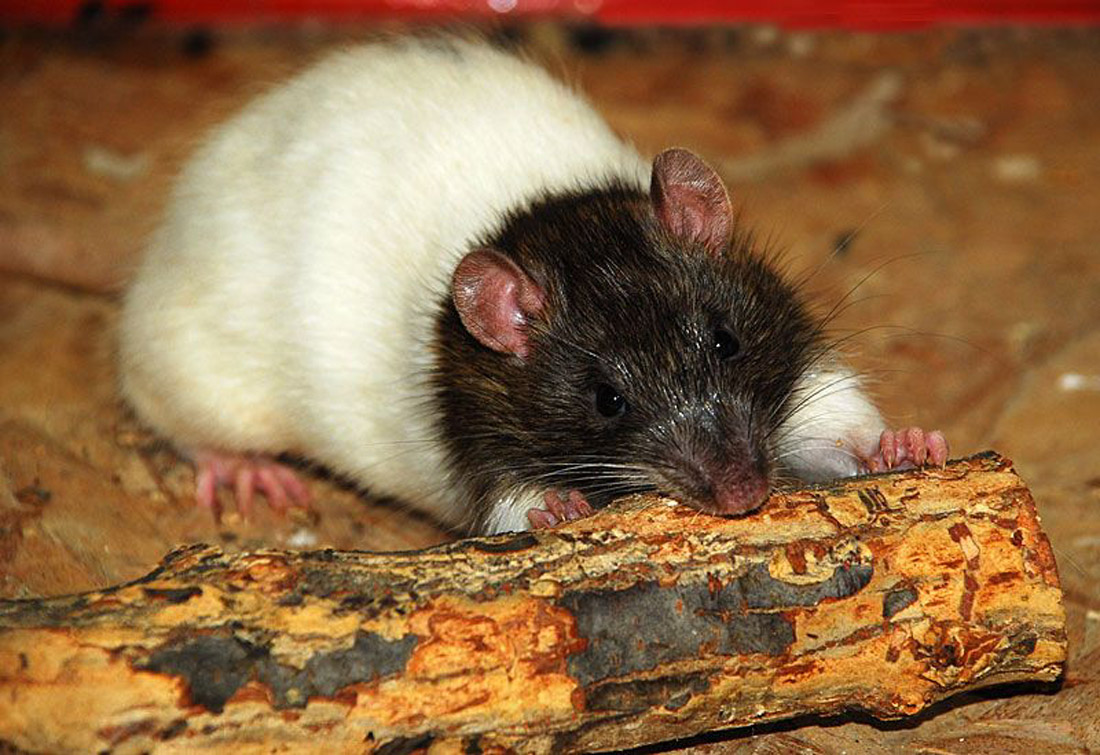Text Translation:
Of the eagle. The eagle is so called because of the sharpness of its eyes, for it is said to be of such keen vision that it glides above the sea on unmoving wings, out of human sight, yet from such a height sees small fish swimmming below and, swooping down like a missile thrown from a siege engine, it seizes its prey on the wing and carries it to land. When the eagle grows old, however, its wings grow heavy, and its eyes grow dim. Then it seeks out a spring and, turning away from it, flies up into the atmosphere of the sun; there it sets its wings alight and, likewise, burns off the dimness in its eyes in the sun’s rays. Descending at length, it immerses itself in the spring three times; immediately it is restored to the full strength of its wings, the former brightness of its eyes.
In the same way, you, O man, with your old clothes and dim eyes, should seek the spiritual spring of the Lord and raise the eyes of your mind to God, the fount of righteousness, and your youth will be renewed like that of the eagle. It is also said of the eagle that that it exposes its young to the sun’s rays, holding them in its claws in mid-air. If any of them, struck by the light beating down from the sun, maintains a fearless gaze without damaging its sight, this is taken as proof that it has shown itself true to its nature. But if the young bird turns its eyes away from the rays it is rejected as unworthy of its kind and of such a father and, being unworthy of being begotten, it is considered unworthy of being reared. The eagle condemns it not in a harsh manner but with the honesty of a judge.















